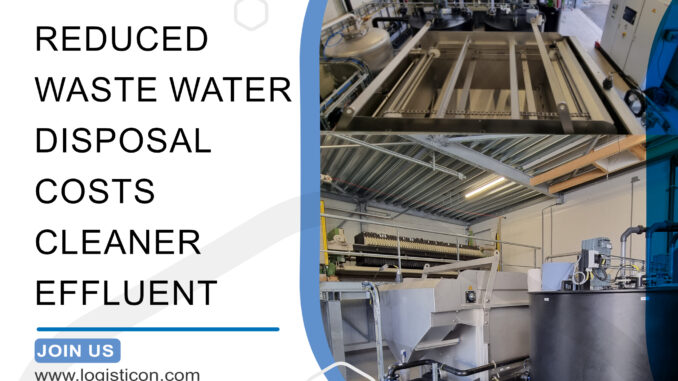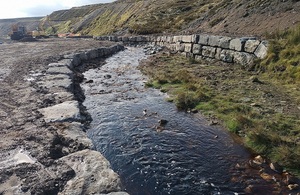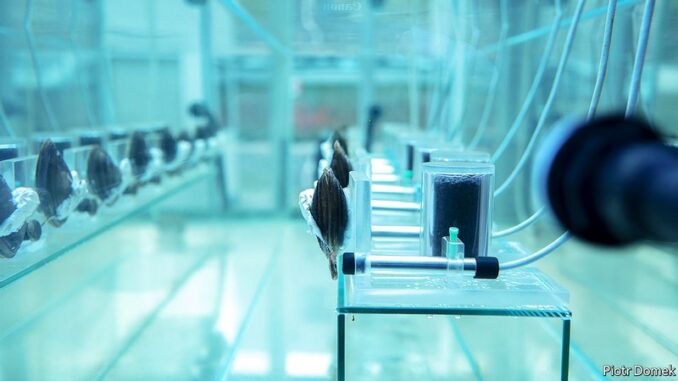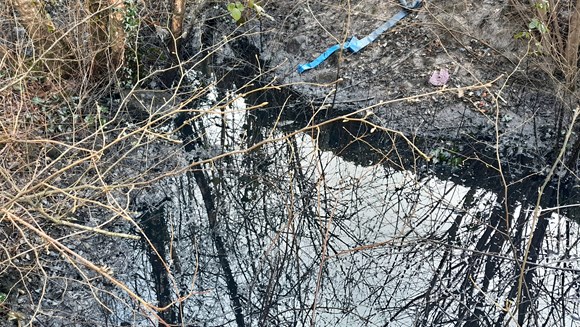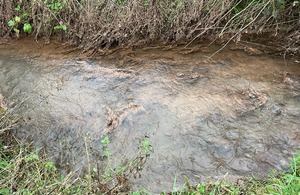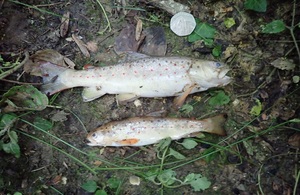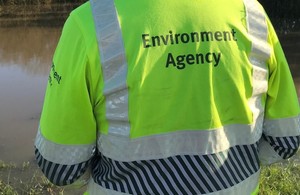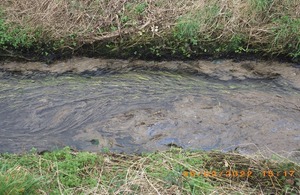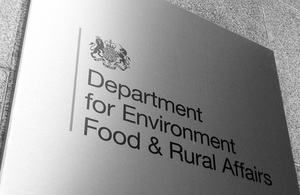A chemical company in North Brabant that discharges its waste water into the sewer was confronted with stricter discharge requirements, more extensive treatment of the their effluent was required to ensure compliance and reduce disposal costs. The company asked Logisticon to develop and implement a solution. On completion of an on-site pilot trial, Logisticon designed and built a modular wastewater treatment plant, comprising the following treatment stages:
- Coagulation, flocculation and pH correction;
- DAF Flotation (solids recovery);
- Sludge Holding Tanks;
- Chamber filter press;
- Self bunded chemical storage tanks.
The addition of coagulation, flocculation and pH correction chemicals within a mix tank optimized the formation of stable flocs suitable for recovery within the DAF (Flotation Unit). This is achieved by introducing air into the effluent at the bottom of the flotation unit. Micro-air bubbles (Whitewater) formed within the DAF unit attach to the suspended particles (flocs) causing them to rise to the surface of the unit, forming a floating layer.
The floating layer is removed by automatic scrapers and transferred into the sludge holding tank. From the holding tank the sludge is pumped into a chamber filter press and is further dewatered. This means that as much water as possible is squeezed out of the sludge, so that the sludge can be disposed of more economically.
The treated wastewater leaves the flotation unit via a diving bulkhead and overflow chute. This water is discharged directly into the municipal sewer. The discharged treated effluent is cleaner reducing the disposal costs (effluent charges) and is compliant with the sites discharge consent.
The installation has now been commissioned and after some fine-tuning, the effluent meets the set discharge standards, to the satisfaction of the customer.
Source: www.logisticon.com 24th January 2023

